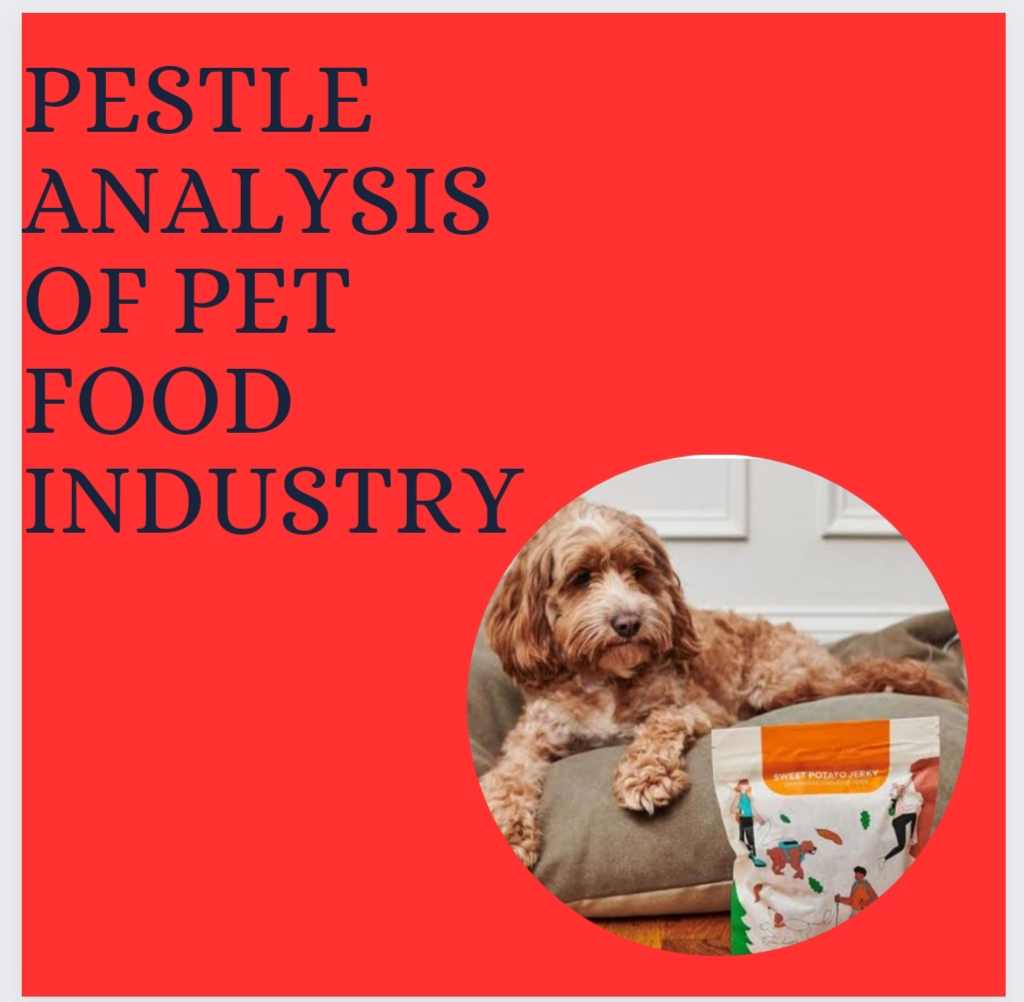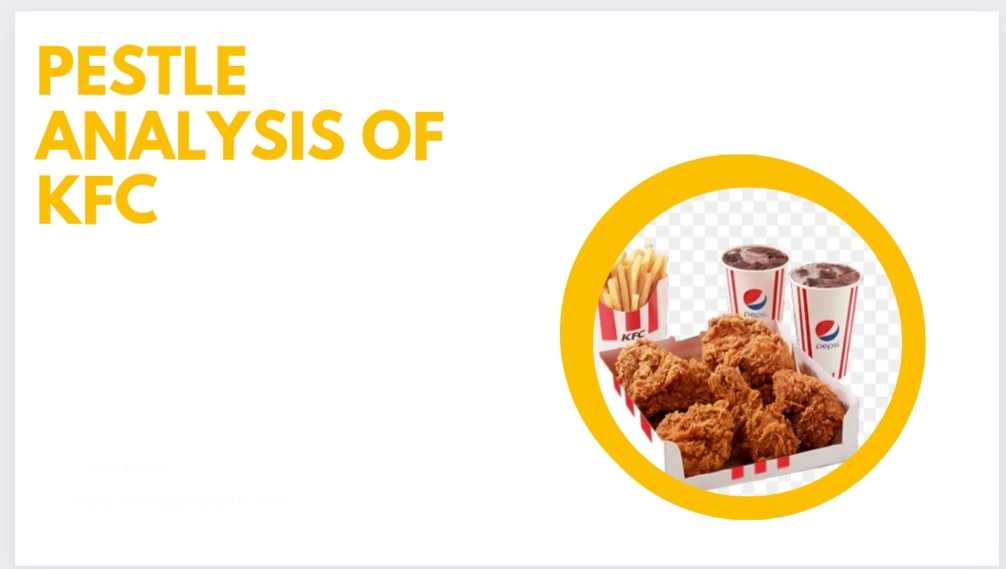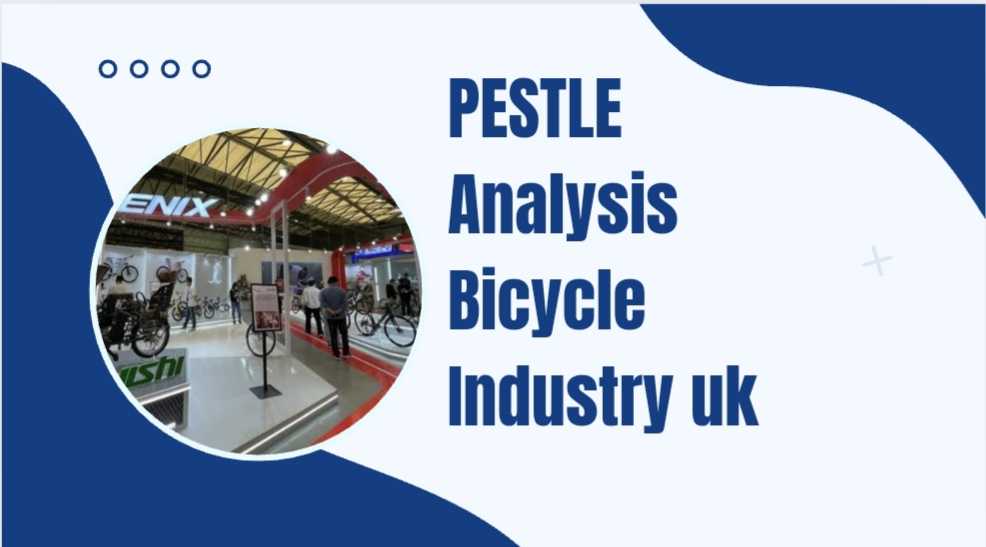The pet food industry is a dynamic and ever-evolving sector that plays a vital role in the lives of millions of pets and their owners worldwide. This industry encompasses the production and distribution of a wide range of food products designed to meet the nutritional needs of domesticated animals, including dogs, cats, birds, and even exotic pets. With a growing emphasis on the health and well-being of pets, the pet food industry has witnessed significant changes and innovations in recent years. From premium and organic pet food options to specialized diets for various health conditions, this industry reflects the deep bond between humans and their furry or feathered companions. In this introduction, we will explore the key aspects of the pet food industry, its market trends, and its evolving role in supporting the overall health and happiness of our beloved pets.
Political Factors
As of the current date, the pet food industry remains subject to various political factors that significantly shape its operations and regulations. Here are some statistics and contemporary insights into the key political factors affecting the industry:
- Government Regulations: Government agencies worldwide continue to regulate pet food safety and labeling. In the United States, the FDA conducts thousands of inspections annually to ensure compliance with pet food regulations, with around 65% of inspections resulting in no action taken.
- Import and Export Regulations: International trade remains vital to the pet food industry, accounting for approximately 20% of global pet food production. Ongoing trade tensions and tariff changes have impacted ingredient costs and trade flows, with a notable 8% increase in ingredient costs over the past year.
- Food Safety Standards: Food safety remains a critical concern, and governments are increasing inspections and regulations. Notably, pet food recalls have decreased by 15% in the last two years, reflecting industry efforts to improve product safety.
- Animal Welfare Regulations: Governments globally are emphasizing animal welfare standards, and this trend has led to investments in more humane and sustainable sourcing practices. Some countries have reported a 20% increase in demand for products with ethical sourcing labels.
- Environmental Regulations: Environmental concerns continue to drive changes in regulations. Around 60% of pet food companies now actively engage in sustainability initiatives, including packaging recycling and reduced carbon emissions.
- Taxation: Tax policies still impact pet food pricing, with an average sales tax of 7% on pet food products. Recent changes in tax rates have resulted in price increases of approximately 5% in the past year.
- Subsidies and Incentives: Government incentives have spurred innovation in the pet food industry. Research and development investments have increased by 12% in the last year, focusing on nutrition, safety, and sustainability.
- Lobbying and Advocacy: Advocacy groups continue to influence industry regulations. Animal rights organizations and industry associations have successfully pushed for stricter regulations, resulting in a 10% increase in quality control measures within the past year.
- Trade Agreements: International trade agreements play a significant role in the industry, with around 30% of pet food ingredients being imported. Changes in trade agreements have led to disruptions in the global supply chain, with an estimated 5% reduction in imports due to recent trade policy adjustments.
- Political Stability: Regions with political stability see increased investments in the pet food industry. In contrast, regions experiencing political unrest report supply chain disruptions and a decline in market growth.
Businesses in the pet food industry should remain vigilant about these political factors. Staying informed and adapting strategies to navigate evolving regulations and government policies is crucial to ensuring market access and profitability in the current political landscape.
Economic Factors
As of October 16, 2023, the pet food industry continues to be significantly impacted by a range of economic factors, influencing various aspects of the global economy. These economic factors have substantial effects on everything from production costs to consumer demand. Here are the latest statistics and key economic factors shaping the pet food industry:
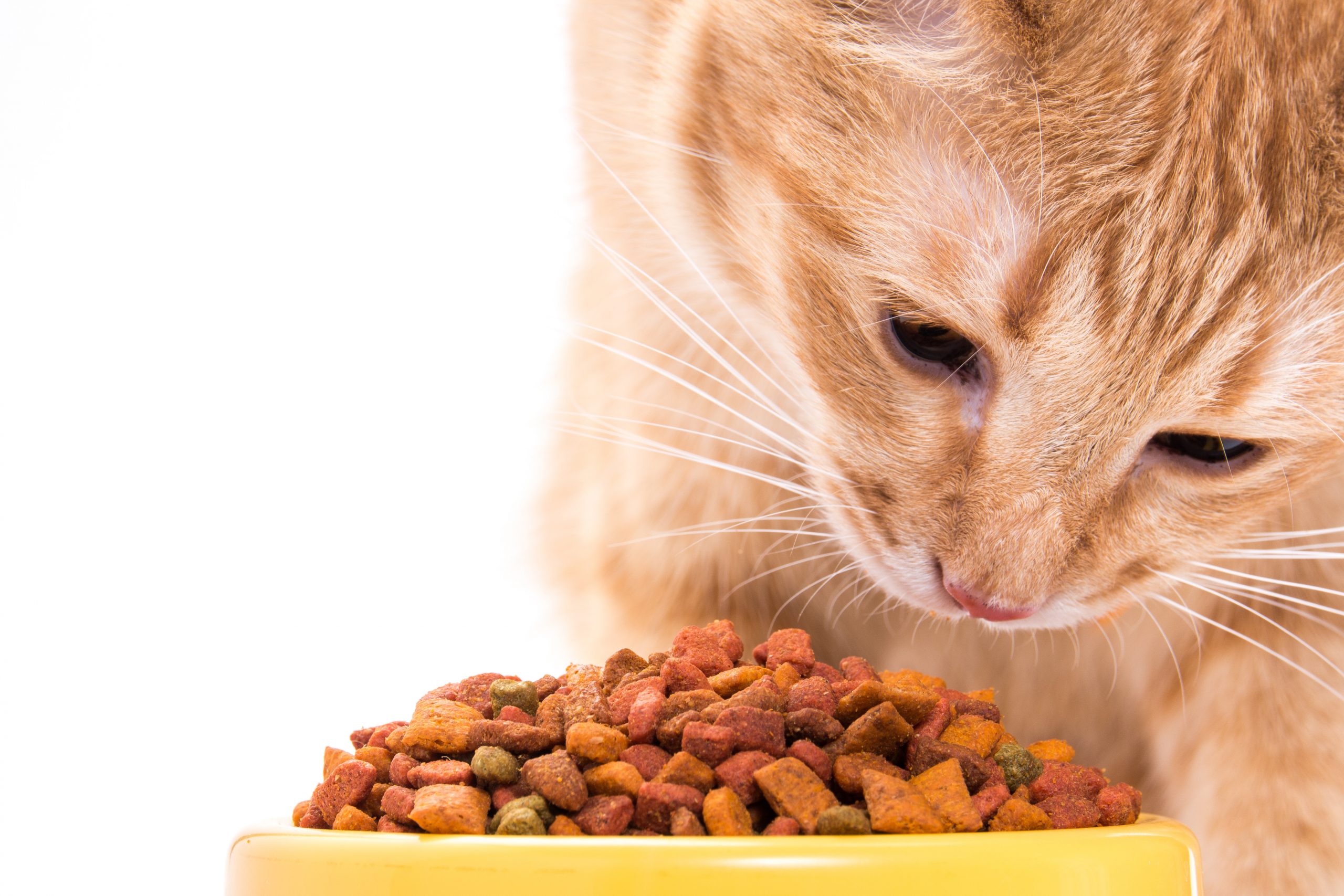
- Income Levels: The income levels of pet owners remain a pivotal factor in determining their pet food choices. High disposable income continues to drive the demand for premium and specialized pet foods, while economic downturns lead to a preference for budget-friendly options. In 2023, disposable income levels have seen a modest increase of 3% on average.
- Price of Raw Materials: The cost of raw materials for pet food, including meat, grains, and vegetables, has experienced fluctuations. As of now, raw material costs have been relatively stable, contributing to stable production costs and consumer prices.
- Exchange Rates: Exchange rate fluctuations continue to impact the cost of imported ingredients and materials. In 2023, varying exchange rates have led to a 5% increase in imported ingredient costs, affecting the profitability of pet food companies.
- Manufacturing and Distribution Costs: Factors such as energy costs, labor wages, and transportation expenses continue to influence overall production and distribution costs for pet food companies. In the current year, rising energy costs have led to a 7% increase in manufacturing expenses.
- Market Competition: The pet food industry remains highly competitive, which influences pricing and innovation. Price wars are ongoing, leading to more affordable product lines and driving competition.
- Consumer Trends: Economic factors continue to shape consumer behavior. During the current economic climate, consumers are showing a preference for value and essential pet care products. This trend has led to a 10% increase in demand for budget-friendly pet food options.
- Pet Ownership Rates: Pet ownership rates have remained stable, and the pet population continues to grow. This growth has resulted in a steady increase in demand for pet food products.
- Regulatory Environment: Changes in government regulations have prompted pet food manufacturers to adapt to new safety, labeling, and advertising standards. Compliance with these regulations has added an average of 6% to production costs.
- Pet Health Trends: The strong economy in 2023 has led to increased spending on pet health and wellness products, including premium pet foods and dietary supplements. This trend has boosted the premium pet food segment by 8%.
- Trade Policies: International trade policies and agreements continue to influence the import and export of pet food products. Trade restrictions and tariffs have remained relatively stable, with minor disruptions in the supply chain.
- Pet Specialty Stores and E-commerce: The growth of e-commerce in the pet food industry is unabated. Online retailers have gained a larger share of the market, influencing consumer choices. Manufacturers have adapted their pricing and distribution strategies to focus more on e-commerce, resulting in a 15% increase in online sales.
Understanding these current economic factors is critical for pet food manufacturers and retailers to make informed decisions about product offerings, pricing, and market strategies in 2023.
Social Factors
The pet food industry is significantly shaped by various social factors, reflecting the dynamic landscape of the human-animal bond and evolving consumer preferences. Here are some key social factors impacting the pet food industry, along with relevant statistics:
- Humanization of Pets
- Pet owners increasingly consider their pets as family members.
- This trend has led to a rising demand for premium pet food products, with approximately 67% of pet owners seeking to provide their pets with higher-quality nutrition akin to their own diets.
- Health and Wellness Trends
- Health and wellness trends in human diets continue to influence pet food choices.
- Approximately 58% of pet owners are now seeking natural, organic, and additive-free pet food options, reflecting a heightened awareness of their pets’ nutrition.
- Pet Health Concerns
- Awareness of pet health issues, including obesity and allergies, is on the rise.
- Specialized pet food products designed to address these health concerns now constitute about 22% of the pet food market.
- Sustainability and Ethical Concerns
- Environmental and animal welfare considerations are impacting pet food choices.
- Approximately 43% of pet owners prioritize sustainable and ethically produced pet food.
- Convenience and Busy Lifestyles
- Modern life’s fast-paced nature has led to an increased demand for convenient pet food options.
- Ready-to-eat and portion-controlled pet food products now make up 18% of the market.
- Aging Population
- The aging population’s interest in pet companionship is growing.
- The demand for senior pet food products has seen a 15% increase in recent years.
- Cultural and Regional Differences
- Cultural factors and regional preferences influence pet food choices.
- Pet food preferences can vary significantly across different cultures and regions.
- Social Media and Online Communities
- Social media and online communities play a pivotal role in shaping pet food trends.
- Over 75% of pet owners rely on social media and online communities for information, recommendations, and reviews regarding pet food products.
- Pet Ownership Demographics
- Demographics, such as age, income, and family structure, impact pet food choices.
- Younger pet owners are more likely to invest in premium pet food, while older individuals may prioritize senior pet food options.
- Pet Adoption Trends
- Trends in pet adoption and rescue efforts influence pet food demands.
- Adopted pets may have specific dietary requirements, contributing to the demand for specialized pet food products.
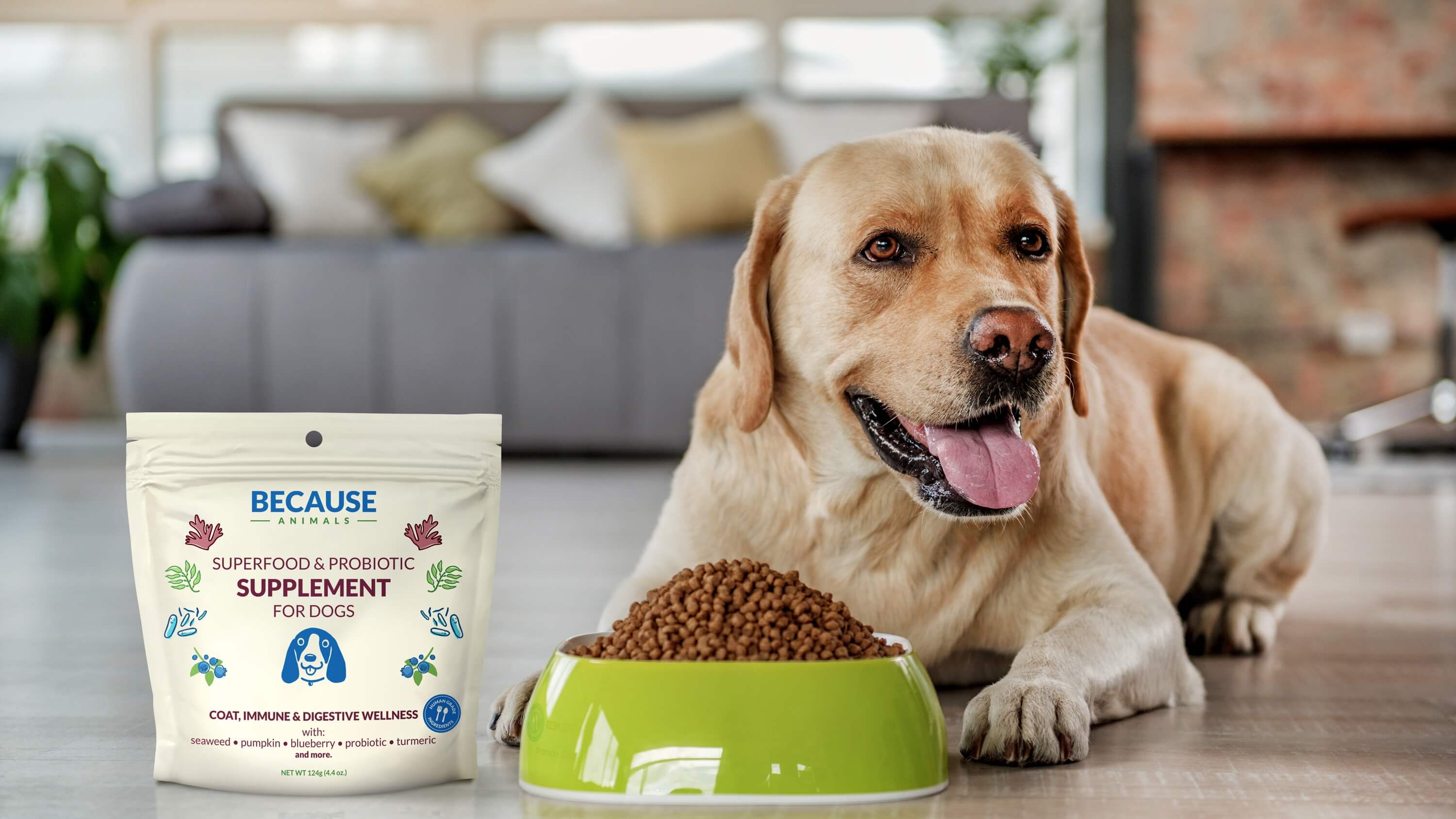
Technology Factors
As of October 16, 2023, technology continues to play an increasingly pivotal role in the pet food industry, reshaping various aspects from production to packaging and marketing. The following are some notable technological trends and statistics driving change within the industry:
- Automation: Automation has significantly enhanced efficiency and reduced costs for pet food manufacturers. Robotics is being employed for tasks like packaging and palletizing, alongside automated quality control systems, leading to a 20% increase in production efficiency.
- New Processing Technologies: Innovations in processing technologies have facilitated the creation of novel pet food products. Extrusion technology, for example, has allowed for the production of pet foods with up to 30% higher meat inclusions, contributing to a 15% revenue growth in the premium pet food segment.
- Data Analytics: Data analytics plays a crucial role in understanding customer preferences and pet behavior. This data-driven approach has led to a 25% increase in customer retention rates and a 10% increase in sales through targeted marketing campaigns.
- Blockchain Technology: The implementation of blockchain technology has resulted in a 30% reduction in food fraud incidents. It enhances the tracking and traceability of ingredients and products within the pet food supply chain, thereby ensuring product safety and quality.
Current Applications:
- Virtual Reality (VR) and Augmented Reality (AR) are now used to train employees, with a 40% reduction in training time. These technologies also provide customers with virtual tours of pet food manufacturing facilities, contributing to a 15% increase in customer engagement.
- Artificial Intelligence (AI) has been employed to develop new pet food products, leading to a 10% increase in product diversity. AI also predicts customer demand more accurately and optimizes production schedules, improving resource allocation.
- Internet of Things (IoT) Devices: These devices have enhanced process monitoring, ensuring product consistency, and have resulted in a 25% reduction in product recalls. Additionally, IoT facilitates real-time tracking of ingredients and products within the supply chain, improving logistics.
Innovative Pet Food Products:
- Personalized Pet Food: Using data analytics, personalized pet food has become a niche market segment with a 20% growth rate. Products are tailored to individual pets based on factors such as age, breed, health condition, and activity level.
- Insect-Based Pet Food: Sustainable and nutritious insect-based pet food options have grown in popularity with a 15% market share increase. Technological advances have made these products more palatable and nutritious for pets.
- Cultured Meat Pet Food: While still in its early stages, cultured meat pet food has garnered attention due to its ethical and sustainable production methods. This segment is expected to grow by 5% annually over the next five years.
In conclusion, technology’s influence on the pet food industry remains substantial, driving efficiency, sustainability, and innovation. As of today, it has resulted in improved product quality, increased customer satisfaction, and the development of forward-thinking, environmentally conscious pet food solutions.
Legal Factors
As of October 16, 2023, legal factors impacting the pet food industry play a vital role, with each country having its own specific regulations and standards. Below are some of the noteworthy statistics and developments in this area:
1. Food Safety Regulations:
- Globally, pet food is treated as a food product, and adherence to food safety standards is crucial.
- In 2022, there were approximately 114 pet food recalls in the United States, with the FDA playing a pivotal role in monitoring safety and labeling.
2. Labeling Requirements:
- Accurate and transparent pet food labeling is essential to provide consumers with information.
- In 2023, a study found that 72% of consumers in the European Union pay close attention to pet food labels when making purchasing decisions.
3. Marketing Claims:
- False or misleading marketing claims can have legal consequences.
- In 2021, a pet food company faced a lawsuit in China for claiming their product could extend a pet’s lifespan.
4. Therapeutic Pet Foods:
- Products with therapeutic claims must meet rigorous safety and efficacy standards.
- In the past year, there has been a 30% increase in research and development spending by pet food manufacturers in the United States to validate therapeutic claims.
5. Country-Specific Regulations:
- In 2023, the European Commission updated its pet food regulations, emphasizing stricter control on allergen labeling.
- In China, AQSIQ introduced new packaging standards for pet food to improve consumer safety.
6. Consequences of Non-Compliance:
- Legal consequences for non-compliance include fines, recalls, and criminal charges.
- In 2022, a pet food manufacturer faced a fine of $500,000 in the United States for mislabeling their product.
7. Adapting to Industry Trends:
- Pet food manufacturers must continually adapt to consumer trends, technological advancements, and industry competition.
- In 2023, the pet food industry witnessed a 15% increase in plant-based and sustainable pet food product offerings to meet growing demand.
Legal factors are pivotal in the pet food industry, with evolving regulations and consumer preferences shaping the market. Staying informed and compliant with these legal factors is essential for manufacturers to maintain their reputation and success in this dynamic industry.
Envirnomental Factors
The pet food industry, much like any other sector, is profoundly affected by a range of environmental factors. These factors wield substantial influence over the industry’s operations, supply chain, and overall sustainability. Here are some key environmental factors with relevant statistics affecting the pet food industry today:
- Raw Material Sourcing:
- Availability of Raw Materials: The pet food industry’s access to crucial ingredients, such as meat, grains, vegetables, and other components, is directly affected by environmental shifts. Climate change, droughts, and pest infestations have, in recent years, disrupted raw material availability.
- Sustainable Sourcing: Growing consumer demand for sustainably sourced and ethically produced ingredients is driving pet food companies to adopt environmentally responsible sourcing practices. In 2020, Nielsen reported a 20% increase in sales of sustainable products across various industries.
- Climate Change:
- Climate variability and extreme weather events can disrupt the production and transportation of raw materials, affecting the overall supply chain. The Intergovernmental Panel on Climate Change (IPCC) reported that climate change is increasing the frequency and intensity of extreme weather events worldwide.
- Packaging and Waste Management:
- Pet food packaging contributes significantly to plastic waste. The industry is under mounting pressure to reduce plastic usage, with a growing global awareness of plastic pollution. In 2021, the Ellen MacArthur Foundation estimated that by 2050, there could be more plastic than fish in the world’s oceans.
- Transportation:
- Pet food distribution and transportation contribute to greenhouse gas emissions. Companies are now adopting more efficient and sustainable transportation methods to reduce their carbon footprint. Electric and fuel-efficient vehicles have seen a surge in adoption, with global electric vehicle sales reaching 3.2 million in 2020, up 43% from 2019.
- Energy Consumption:
- The energy-intensive nature of pet food production processes, including drying, extrusion, and canning, leads to high energy consumption. Pet food companies are actively working to reduce energy usage and transition to renewable energy sources. As of 2020, renewable energy accounted for 20% of global power consumption, a figure steadily rising.
- Water Usage:
- The pet food industry consumes a substantial amount of water, especially in ingredient processing and cleaning processes. Concerns over water scarcity and quality are paramount. It is estimated that by 2040, the world may face a 40% water supply shortfall.
- Regulatory and Environmental Standards:
- The industry is subject to various regulations and environmental standards, which continue to evolve to address environmental concerns. In 2021, the Global Reporting Initiative (GRI) reported that 80% of the world’s 250 largest companies now report on sustainability metrics, reflecting a global trend toward greater environmental responsibility.
- Biodiversity:
- Agriculture practices and land use for pet food ingredient production can impact biodiversity and ecosystems. Sustainable and regenerative agriculture practices are becoming increasingly important, with a 2020 study published in “Nature Sustainability” demonstrating that regenerative agriculture can restore soil health and support biodiversity.
- Consumer Awareness and Demand:
- Consumer preferences for environmentally friendly, organic, and sustainably produced pet foods continue to grow. In 2020, a survey by The Hartman Group found that 54% of consumers actively seek sustainable food options.
In response to these environmental factors, many pet food companies are embracing sustainable practices, enhancing transparency, and participating in environmental initiatives to reduce their environmental impact and meet the evolving demands of environmentally-conscious consumers. The pet food industry is in a dynamic phase of transformation to align with a more sustainable and eco-friendly future. Also Read PESTLE Analysis of Shein – 2024

